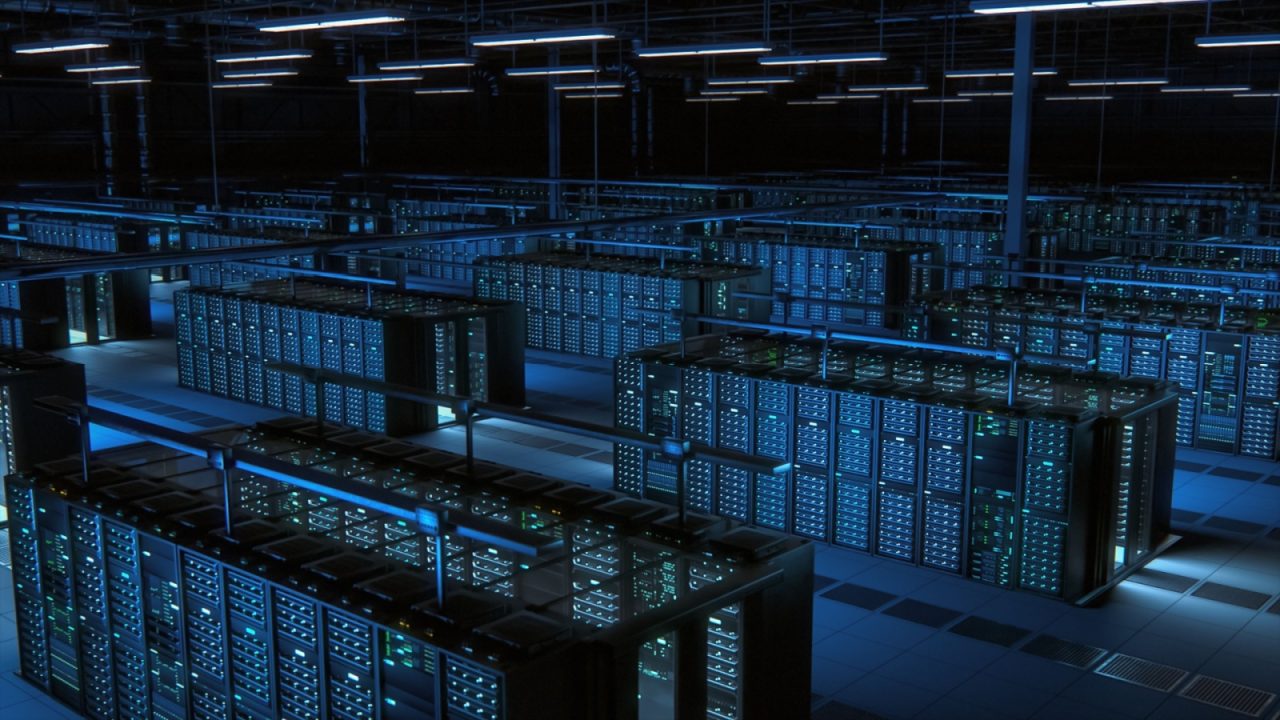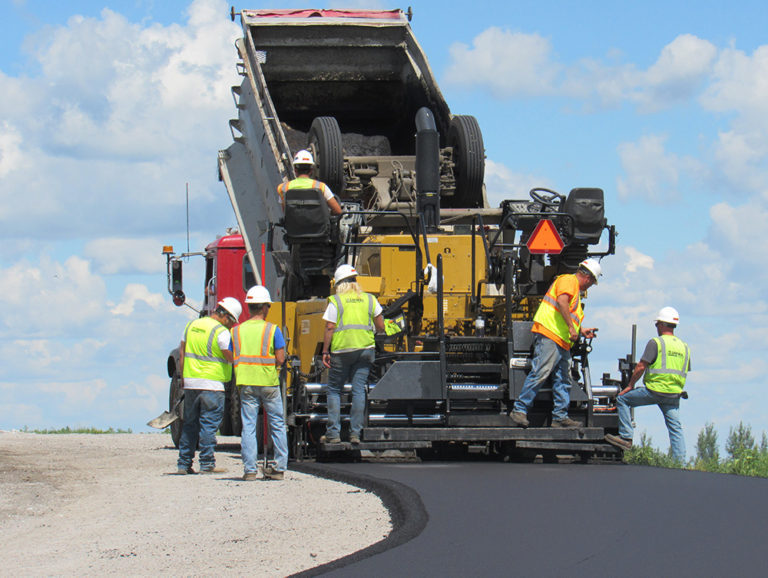On Tuesday, Aug. 8, a wildfire on the Hawaiian island of Maui ravaged the town of Lahaina, killing nearly 100 people and stranding thousands of survivors, many of whom remain displaced today. The loss of life makes this the deadliest American wildfire on record, while the material cost in property damage has been estimated at upwards of $5 billion.
The response to the disaster has involved firefighters and other emergency personnel—and also engineering and construction professionals. One of them is Tam Kim, director of operations for West Maui Construction Inc., a civil contractor on the island. Originally from Oregon, Kim fell in love with Hawaii when he visited on a surfing vacation; eventually he took his technology background and helped found a startup company on Maui in 2008. Eight years later, the startup relocated to Oahu, but Kim stayed on Maui to forge a different path, one that would lead him somewhere he never imagined.
FIRST RESPONSE
Working in construction on Maui, Kim was no stranger to natural disasters. WMC had participated in mitigation and recovery efforts for fires, hurricanes and other weather events. But, at least initially, Kim and his colleagues didn’t realize how much different this fire would be. No one did. It started with a downed powerline that seemed to require an ordinary response, and at that point there was no reason to think otherwise. “We didn’t realize the magnitude of it,” Kim says, speaking to Construction Executive on Sept. 15. “All the comm[unication]s were down on the west side of the island. There was no cell-phone reception. Not much was in the news initially. But we started hearing reports through friends and family. By Tuesday night, it looked pretty serious.”
That evening, a company-wide message went out that WMC would convoy across town with county officials first thing the next morning to assess the damage. “The initial reaction was disbelief,” Kim says. “A lot of things popped up in social media that sounded hard to believe, outrageous even. The whole town of Lahaina gone? The historic banyan tree at the center of town that symbolizes the town burnt, gone? That is when the call went out to all our guys to start mobilizing.”
WMC is based in Wailuku, in central Maui, about 14 miles east of Lahaina, which sits on the island’s western shore. By 7 a.m. on Wednesday, contractors from several companies were being carried over to Lahaina by the truckload, traveling through police roadblocks and into the charred aftermath of the fire.
“Thatʼs when we started seeing the devastation,” Kim says. “At first it was the burnt fields, then the structures, the houses, all burnt down. Places were still smoking and smoldering. Weʼd never seen anything of this magnitude before, there was so much structure damage.
“In the past, wildfires would burn a few structures and empty cane fields,” he continues. “This time … arriving to the scene, we could see the devastation. The entire town was covered with black and gray ashes. Subdivisions, the town, the streets. The town was leveled out like a warzone. Driving into Lahaina with the convoy, there was a sense of sadness, shock and disbelief of what just happened.”
Supplying heavy equipment like bulldozers, loaders, excavators and water trucks, WMC began helping county officials and firefighters fight the remaining blaze. By a stroke of serendipity, WMC had a private facility on that side of the island, with the water supply still in operation, while the county’s was no longer working or available. They began shuttling water from the WMC facility to help put out the lingering fire.
GETTING READY FOR PHASE II
Over the next few days, contractors who are usually competitors became allies. The County of Maui, FEMA, their contractor Environmental Quality Management Inc., and the National Guard took the reins, and government agencies, relief organizations, emergency personnel, construction companies and individual volunteers worked together to save their town and its residents. “Itʼs a small island,” Kim says. “The leadership from each company got together in the field and decided to work together, a joint effort for the common good. There were about four companies all right there in middle of it. We formed this alliance.”
That alliance quickly began helping police and county officials secure the area, parts of which were still active with fire. “People who were evacuated wanted to come back and check on their houses, but the conditions were still too dangerous. There were hazard materials, smoldering embers beneath covered debris, lead and asbestos in the ash, compromised propane tanks and other high risks,” Kim says. “Under the county’s direction, we began barricading the streets. Then we got the word we needed to protect the waters by installing silt fences and biosocks”—mesh sleeves filled with woodchips and used to help control sediment and stormwater runoff. “If it rains, it could wash hazardous burnt material into the ocean and drains. Then we were tasked to help build dust fences to protect the area and shield it from the public.”
As part of these protection protocols, locals were barricaded on one side of the island while tourists were requested to stay on the other, for their own safety and also out of respect for what residents were going through.
Meanwhile, friends, family, neighbors and colleagues organized themselves and used their boats and jet skis to deliver food, water, clothing and other supplies to the barricaded locals while the area was being cleared of hazards.
As of press time, it was still being cleared. The process of hazardous cleanup and removal requires careful training, meticulous attention to detail and crystal-clear logistics—including coordinating among the many people involved in the effort. “While [the local rescue effort] was going on, FEMA, the Red Cross, the National Guard and everyone started showing up to figure out what to do,” Kim says. “Next was Phase I—to go through each site and perform hazardous-material extraction, sort through burnt properties one at a time and take out all known hazards. That is going on now.
“Phase II we believe will be the cleanup phase, and the agencies are planning how best to do this work,” Kim says. “We are still in the early stage of Phase I. Before this work could start, all contractors had to get hazard waste training. There are nine or more teams in Lahaina town sorting through burnt material to get hazardous waste sorted and hauled out.”
Kim predicts that Phase I could take several more months, after which he’s hopeful Phase II will commence. While the timeline is fluid, Kim is certain WMC will be a part of whatever comes next. “We are properly trained and have the manpower and equipment to do the required work,” he says. “There are many other local companies working with the county and FEMA’s contractor, who needs local contractors to support the disaster recovery and cleanup efforts.”
‘THIS IS THE PRIORITY’
In the meantime, when CE talked to Kim, WMC was reworking its current backlog of projects to prioritize its contributions to Phase I. “We have to make it work,” Kim says. “This is the priority. We live here. This is our home, these are our family and friends that were impacted, and we are committed to helping take care of Maui residents.”
While local contractors and other companies have stepped up on a volunteer basis, the government will compensate them for their work. All hours are billable through FEMA—a crucial step to ensuring that they can continue operating past Phase II and into the rebuilding stage, which WMC will approach with a renewed perspective. “We were already thinking about how to defend properties and neighborhoods from potential hazards like fire, which is not uncommon in Maui, but not to this magnitude,” Kim says. “Now that we have seen what wildfires can do, can we improve the way we design subdivisions and buildings such that we are better equipped? I think designers and developers will be thinking about the [full extent] of the wildfires as well as the importance of making sure infrastructure is sound and building materials are more fire-resistant.”
Incorporating fire resistance and resilience into future construction in Lahaina is obvious, but what buildings and infrastructure are going to be built first? For Kim, that’s a no-brainer. “This fire wiped out thousands of homes and living spaces for so many people, which is compounded by an already-existing housing shortage and affordability issue,” he says. “I’m really hoping the county and state will make the rebuilding process quicker and easier as far as permitting and regulations.
“It’s been a slow process before this,” Kim continues, “and now with all the people displaced it is a daunting task to build fast enough and get through these bureaucratic regulations. If we could get help from the state and county on building projects to speed up the permitting process, there are lots of contractors ready now to build in other parts of the island to help house the displaced residents.”
Dreaming about the future can seem futile when you’re literally still sifting through the ashes, but the people of Maui have pulled together to do what they can in the present moment. “I want to emphasize that out of this devastation, out of this tragedy, a lot of people rose up wanting to help,” Kim says. “There were so many volunteers at every level, all kinds of donations poured into a lot of the churches and businesses all over the island. People were coordinating many containers full of donated goods to the west side. There were distribution points set up within days of the fire, and people loading up fishing boats and jet skis with supplies and getting them over there.
“It was about people wanting to help in any way possible,” Kim says. “People taking care of people in need. The national-level agencies came through, too. Now, we can start to focus on long-term housing and other rebuilding processes by working together with the government and private agencies.”







